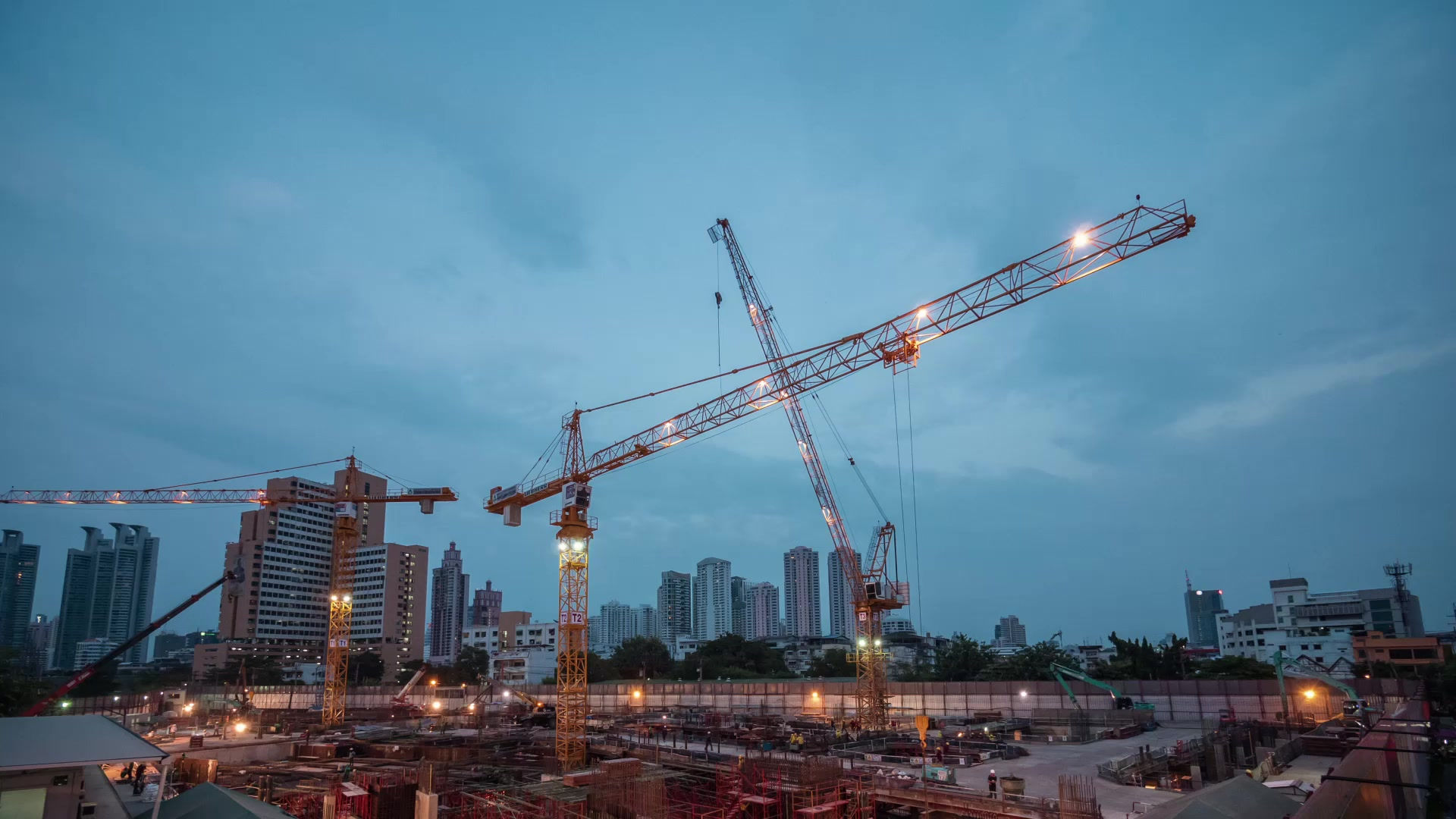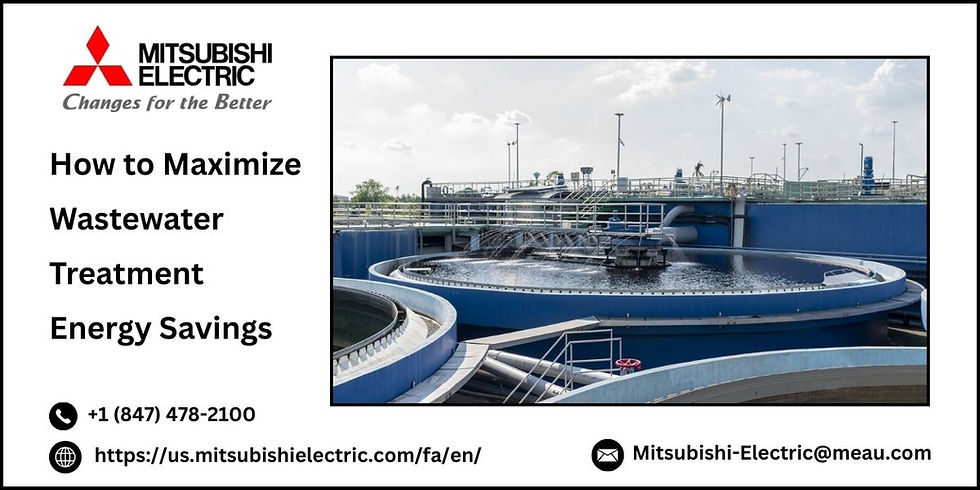How Can Integrating Crane Automation and Machine Tending Fixtures Create a Seamless Workflow?
- mitsubishielectric1
- Jun 19
- 3 min read

Companies have to push more to achieve more with faster turnarounds, and tighter margins, and there is zero room for error. Efficiency isn't just a metric; it's a survival skill. At the heart of this evolution lies a powerful pairing: crane and hoist automation working in tandem with machine tending fixtures.
This integration isn’t just about upgrading machinery. It’s about reimagining how your entire workflow operates from material movement to precise machine loading all while enhancing safety, speed, and consistency. Let’s break it down.
Why Integrate Crane Automation and Machine Tending Fixtures?
Imagine a heavy component arrives at a CNC station. Instead of manual lifting or forklifts, a smart crane system lifts and delivers it to the exact spot. A robotic arm or precision fixture then locks it into the machine. No delays, no guesswork.
That’s what integration achieves a handshake between automated transport and automated processing.
Key reasons why manufacturers are making this shift:
Streamlined operations: Cut down unnecessary handoffs and idle time.
Reduced labor fatigue: Limit manual lifting and repositioning tasks.
Increased repeatability: Robotic fixtures don’t get tired or make alignment errors.
Higher throughput: Shorter cycles and faster setups lead to more output per shift.
Understanding Crane and Hoist Automation
Crane automation has evolved far beyond simple lifting. Today’s systems use smart sensors, vision-assisted navigation, and programmable logic controllers (PLCs) to move materials with high precision.
Modern crane & hoist automation systems offer:
Load tracking and position memory
Anti-sway technology for stable transfers
Automatic pickup and drop-off points
Integration with MES (Manufacturing Execution Systems)
These systems can be configured to sync with your overall production schedule so the right material shows up at the right machine, just in time.
The Role of Machine -Tending Fixtures
Machine tending is no longer about just pressing "start." It’s about how the part gets there, how it’s held, and whether it's repeatable without human touch.
Machine tending fixtures are engineered tools designed to hold components in place during processing, especially in automated setups. But they do more than grip. They ensure alignment, orientation, and secure clamping during machining or robotic operations.
Types of fixtures include:
Modular fixtures for high-mix production
Custom end-of-arm tooling for robotic arms
Quick-change systems for reducing setup times
When designed with automation in mind, these fixtures allow for continuous operation without having to halt production for adjustments.
Where the Magic Happens: Seamless Integration
Integration is more than just placing machines next to each other. It’s about communication and timing. For true synergy between crane automation and tending fixtures, consider these elements:
1. Common Control Architecture
Using a unified PLC or software system (like those from Mitsubishi Electric) allows your cranes and fixtures to operate on the same logic. They share data, communicate task completion, and adjust in real-time.
2. Precision Coordination
The crane system must know exactly where and when to release the load. Similarly, the fixture must be ready to receive it. This requires:
Digital feedback loops
Vision sensors or limit switches
Pre-programmed routines
3. Safety Synchronization
When integrating moving systems, safety is critical. Interlocked zones, emergency stops, and load detection help prevent accidents while maintaining workflow speed.
4. Scalability
The integration should be scalable. Whether you're adding a second CNC station or a new work cell, the crane-fixture combo should adapt without starting from scratch.
Benefits That Go Beyond the Obvious
Yes, you’ll get speed. Sure, productivity will rise. But the deeper benefits often go unnoticed yet make all the difference.
Less downtime: Automated handoffs reduce human error and damage.
Better ergonomics: No need for workers to handle awkward or heavy parts.
Consistent quality: Fixtures reduce machining variation caused by misalignment.
Smarter scheduling: Automated systems operate on predictable cycles, making it easier to plan shifts and deliveries.
Real-World Applications
Let’s look at practical examples:
Automotive: Engine blocks are moved by crane and auto-positioned into robotic milling machines.
Aerospace: Large titanium parts lifted with precision hoists, then aligned using adaptive fixtures for five-axis machining.
Heavy Equipment: Hydraulic cylinders handled with smart cranes, then locked into custom fixtures for welding or assembly.
This level of integration isn’t just for big players. Mid-sized manufacturers are also adopting these technologies, especially in high-mix, low-volume setups where flexibility is key.
How to Get Started
You don’t need to overhaul your factory overnight. Start by asking the right questions:
Are we losing time or accuracy during handoffs?
Can our current fixtures handle automated part placement?
Do our cranes support programmable movement and data integration?
Is there a way to link machine tending with existing automation cells?
Begin with a pilot cell. Evaluate how automation between crane handling and fixtures could work in one segment of your operation. Gradually scale as you observe tangible results.

.png)



Comments